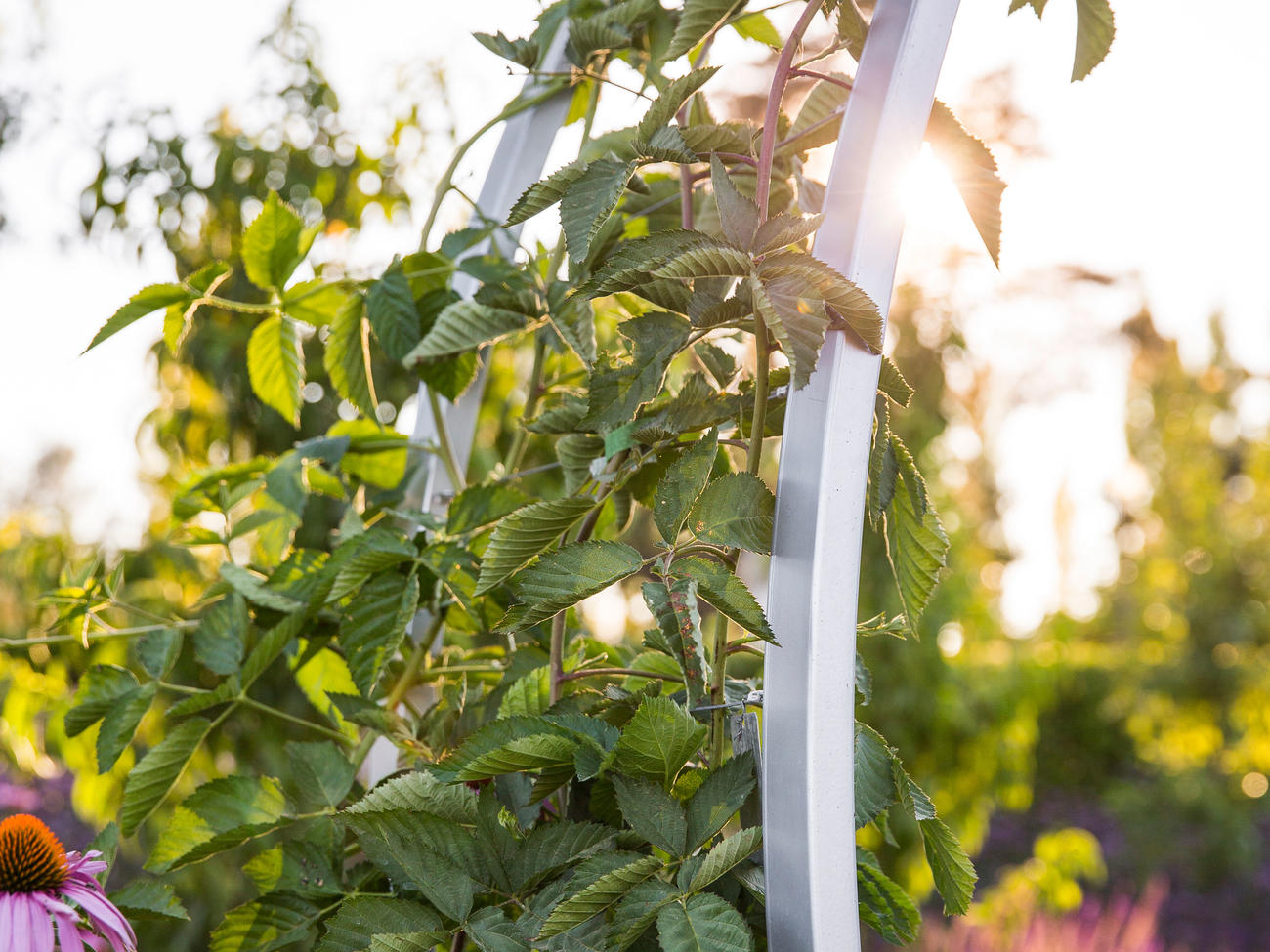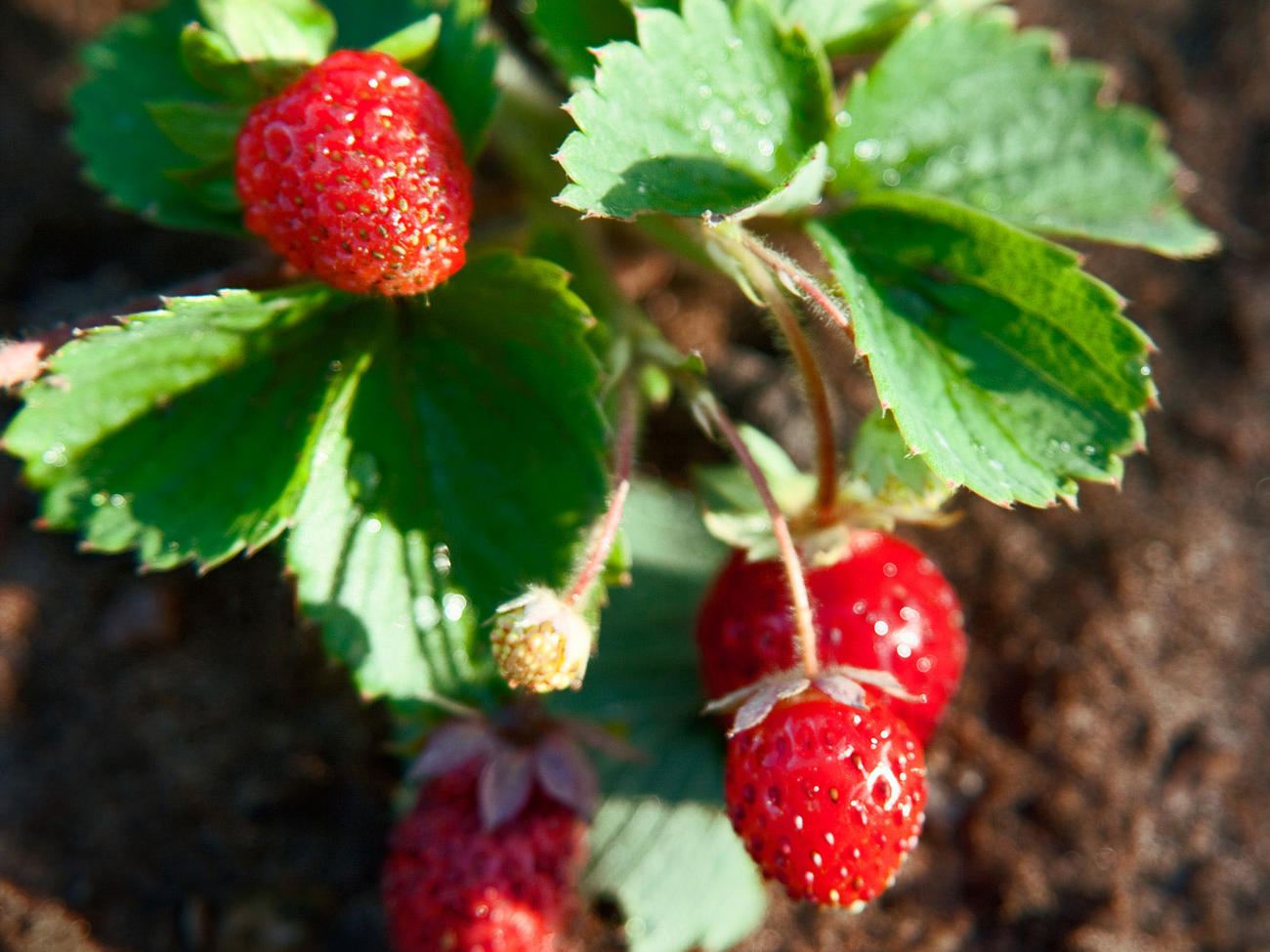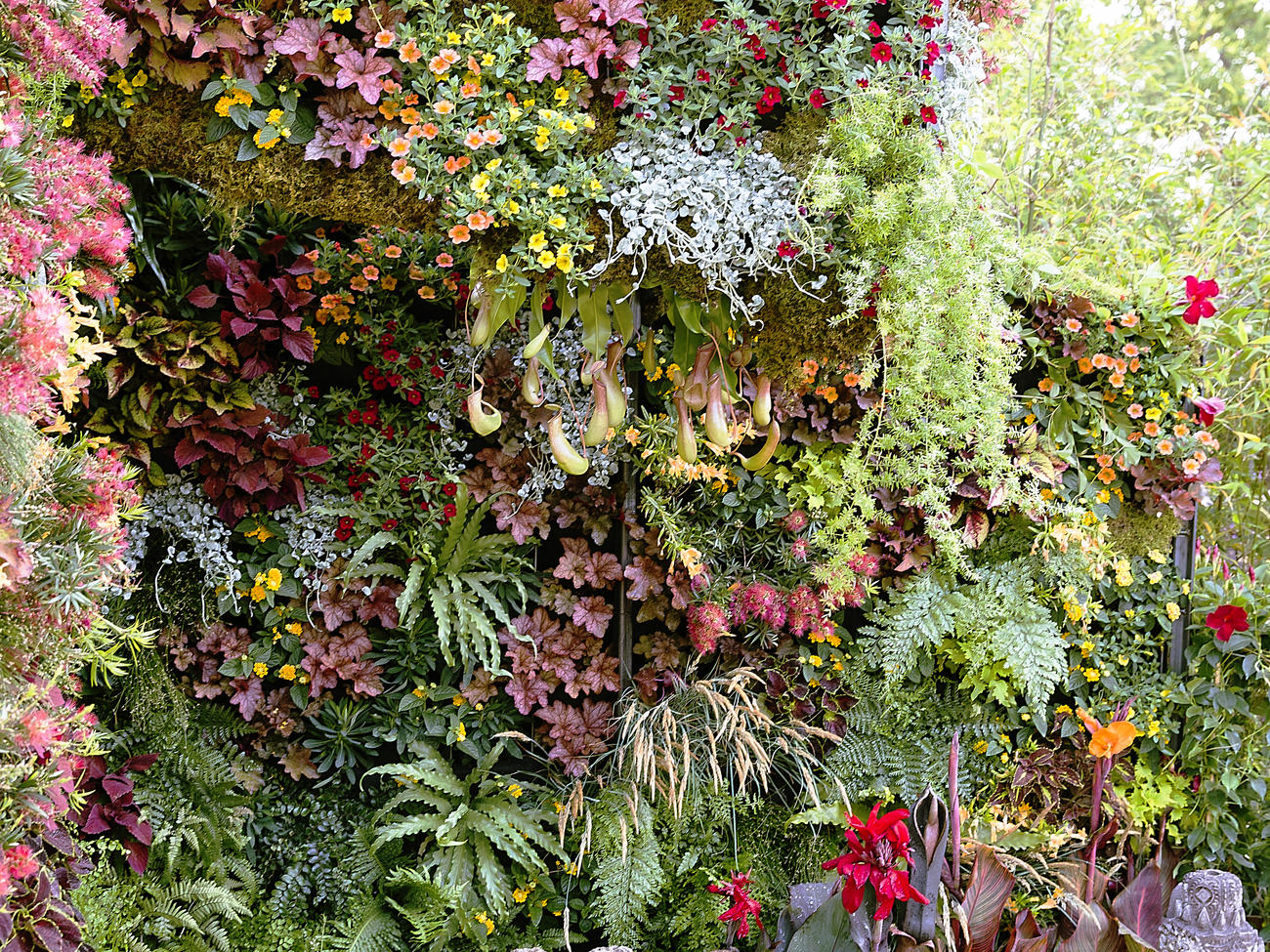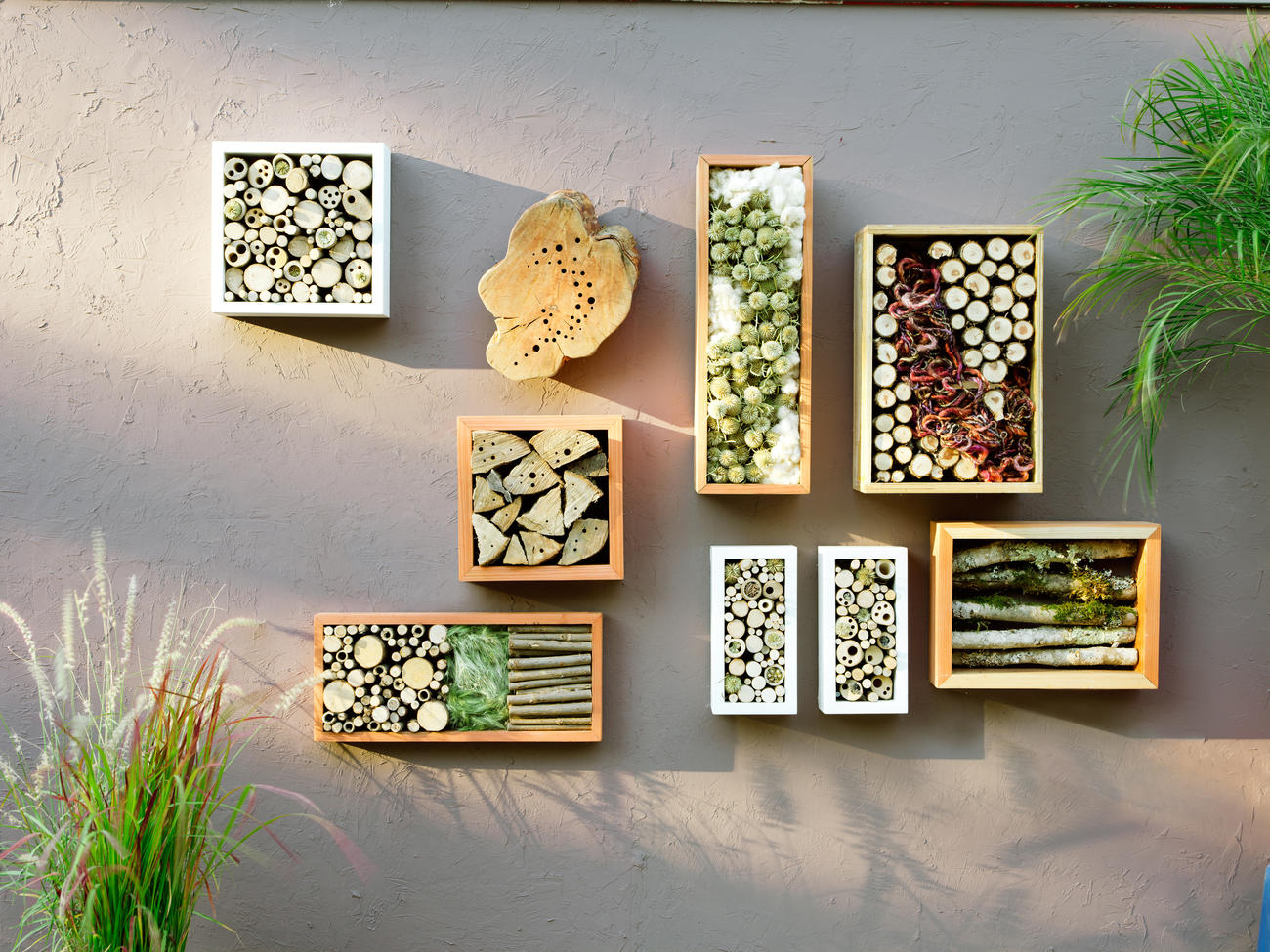
Your Essential Gardening To-Do List for May and June
All the tips you need to get your garden thriving this spring

Andrea Gomez Romero
Plant
You can introduce all kinds of trees and shrubs, but be diligent about summer irrigation. Sow seeds of beans, corn, cucumbers, and squash directly in soil when evening temperatures stay around 50°. Keep tender sprouts moist—a hot, dry spell will fry them. Before planting, amend beds with 4 to 6 inches of compost.
If you like color and can embrace a little chaos, sow reseeding flowers, including blue honeywort, forget-me-not, golden feverfew, love-in-a-mist, sunflower, and sweet alyssum. These unfussy, drought-tolerant annuals will cheerily pop up for years to come.
Many normal-size pumpkins need around 110 to 120 days to mature, so you’ll want to start sowing seeds between late May and the first of July. Varieties such as ‘Cinnamon Girl’ and ‘Winter Luxury’ (available at johnnyseeds.com) are great choices for pies. For decoration and pies, try ‘Musquee de Provence’ (botanicalinterests.com). If you’ve never grown pumpkins before, a mini version such as ‘Mini Jack’ (reneesgarden.com) is a forgiving and quick-maturing choice.
There’s still time to start annual flowers from seed, including cosmos, marigold, nasturtium, sunflower, sweet alyssum, and zinnia. For faster bloom, buy seedlings. To attract butterflies to your garden, plant aster, buddleja, sweet William, Mexican sunflower (Tithonia rotundifolia), milkweed, and pipevine.

Maintain
Help tomatoes pollinate by flicking each bloom with a fingernail during the driest part of the day, two or three times per week. Shake big plants to spread their sticky pollen.
Use trellises to support vine crops for greater fruit production. Climbers are easier to pick this way and are not as messy, and the crop is less prone to slugs, snails, and ground rot.
Are critters causing trouble in your garden? Try deer- and rabbit–resistant perennial flowers, including agastache, artemisia, lavender, monarda, ornamental oregano, Russian sage, salvia, and yarrow.
Maintain a 3-inch layer of organic mulch throughout the garden. This prevents crusting and cracking of the soil surface, holds in moisture, encourages earthworms, moderates ground temperature, and prevents weeds from germinating.
After tall-bearded irises stop blooming, cut off spent flower stalks to promote new rhizome growth, apply fertilizer to the soil, and water thoroughly.
Immediately after bloom, prune rhododendrons to control size and shape. Cut each stem back to just above a rosette of leaves. Most varieties of garden-scale rhododendrons aren’t harmed by hard pruning.
Feed potted specimens at least monthly with liquid fertilizer. They need it because increased summer watering washes nutrients out before plants can use them.

Jennifer Cheung
Harvest
Establish a twice-weekly harvest schedule to keep herbs and vegetables growing vigorously. Pick pea pods as soon as they’re plump; pull radishes from the ground as they fatten up; and regularly pinch leaves off basil, mint, and parsley.
Handpick strawberries frequently and apply an iron phosphate snail and slug killer if the berries suffer from snail or slug damage.

Idea We Love: Growing Up
If you’re short on space, go up. Vertical gardening is the easiest way to double your growing space. To get away from the ho-hum horizontal, buy premade metal trellises or arbors from companies such as Terra Trellis to set in the ground. There are also complete vertical wall systems such as Plants on Walls that can be added to bare walls around your garden. If you want to take the DIY route, build channels out of wood and attach them to arbors, fences, or anywhere else that can support the load. Then plant your newfound space with colorful plants or produce.

Be Friendly to Native Bees
Rather than build a fancy honeybee hive for your garden, think about taking care of native bees, such as mason bees, that do much of the crop pollination in the United States. Many native bees use holes in wood or dirt to nest. So if you want to provide habitat for native bees, add a bee hotel to your garden. They will find it, make a nest, and help pollinate your garden and surrounding areas. Build a bee hotel yourself or buy a kit at Crown Bees.
